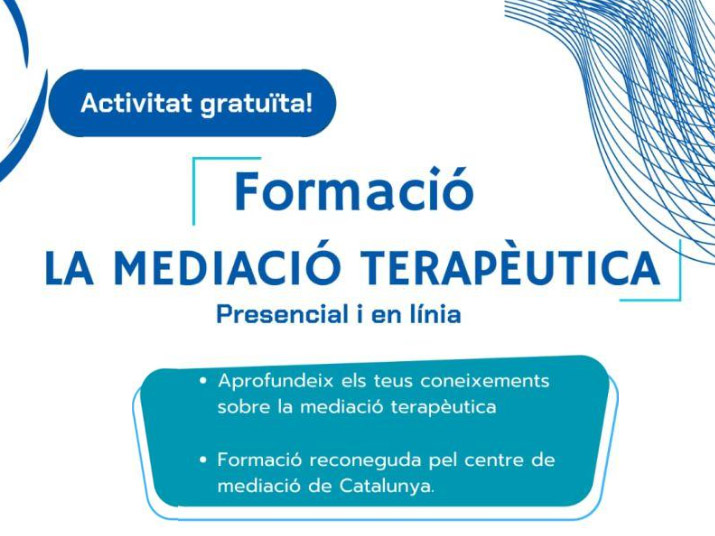
27 Mar Therapeutic Mediation

One of the most profound and transformative aspects of mediation is precisely its therapeutic dimension, understood not in the clinical sense, but in its ability to restore bonds, relieve tensions, and heal relationships damaged by conflict.
These are some of the therapeutic aspects of mediation:
Restoring communication
The first therapeutic step is the most basic: to start talking again. In many conflicts, the parties have stopped listening to each other. The mediation space allows, with the help of an impartial third party, them to express their concerns, frustrations, and needs in a safe and non-judgmental environment. This, in itself, already has a reparative value.
Recognition and validation
When a person feels heard and understood — even if they are not necessarily given reason — it produces a calming effect. Feeling seen and emotionally validated can reduce hostility and open the door to collaboration.
Transformation of the conflict
Mediation not only seeks to resolve the visible problem but also allows understanding the deep origin of the conflict. Often, what is at stake is not just a material disagreement but emotional wounds, mistrust, or fears. Through dialogue, these deeper layers can surface and begin to transform.
Empowerment and shared responsibility
In a trial, a third party decides for the parties. In mediation, they are the ones who build the agreement. This is key: making decisions together empowers, holds accountable, and strengthens the relationship. There is no imposition, only commitment.
Preserving and strengthening the bond
When the parties must continue to interact (as in family, neighborhood, workplace, partner, or co-owner conflicts), the healthiest approach is not only to resolve the conflict but also to repair the relationship enough to make future coexistence or collaboration viable and more peaceful.
The benefits of reaching an agreement
- Peace of mind: Reaching an agreement reduces uncertainty, emotional wear, and anxiety caused by an unresolved conflict.
- Personal satisfaction: Knowing that one has contributed to a dialogued and fair solution generates a positive feeling of accomplishment.
- Improvement of the relationship: Although the parties may not become “friends,” those who reach agreements often relate to each other with more respect and less tension.
- Prevention of new conflicts: The mediation process teaches communication and resolution skills that can prevent future misunderstandings.
In conclusion, mediation offers a path that not only resolves the problem but also takes care of people and their relationships. And that is invaluable.
